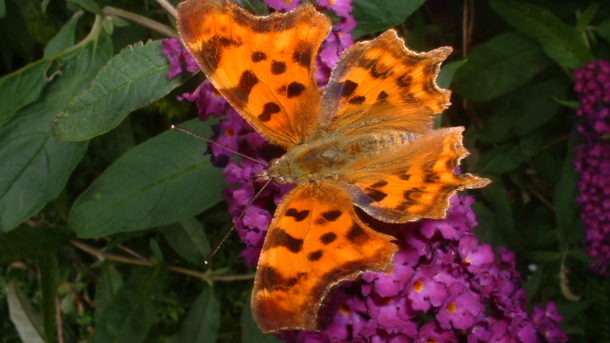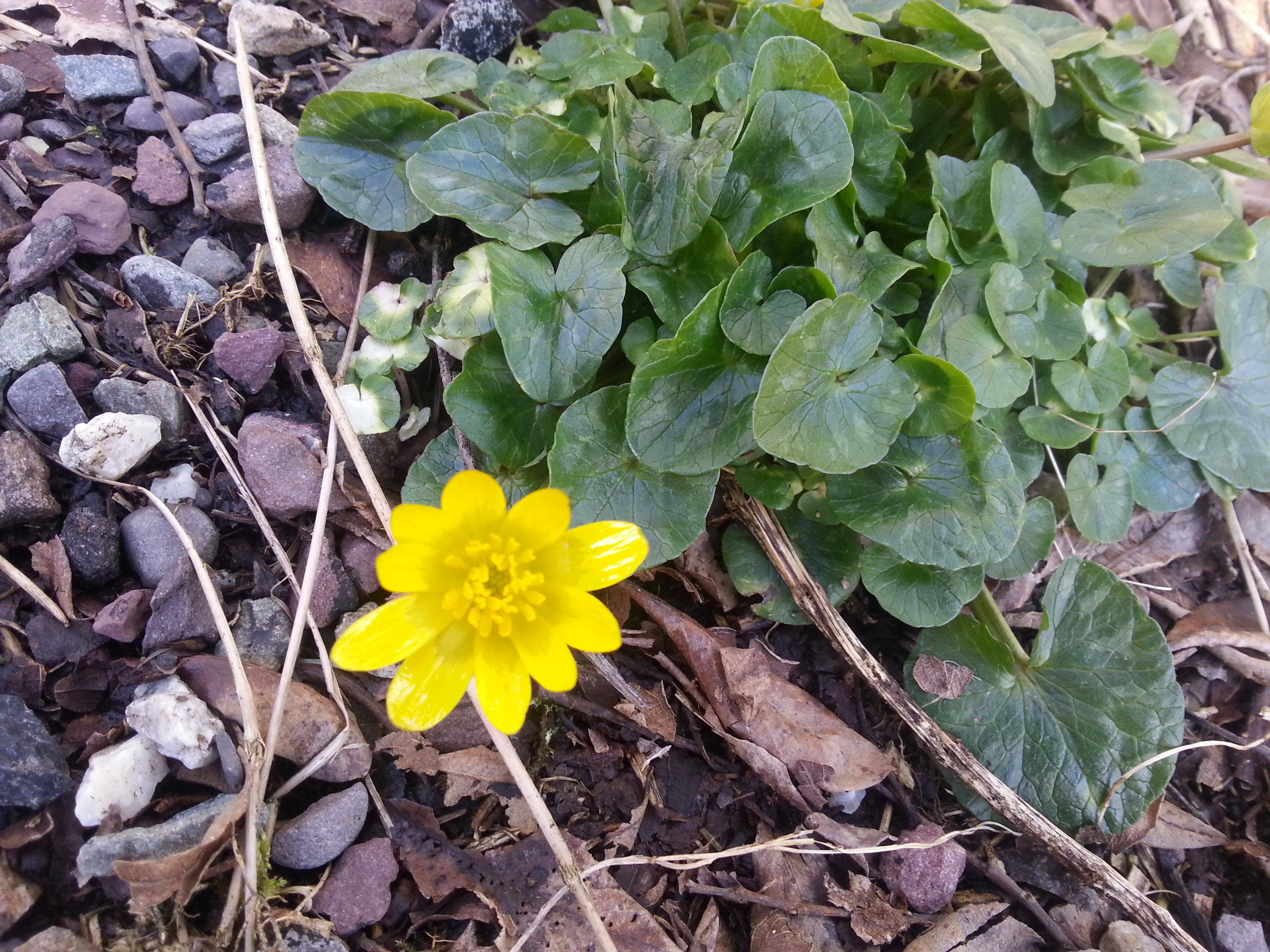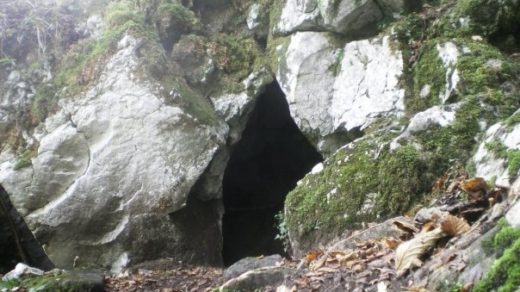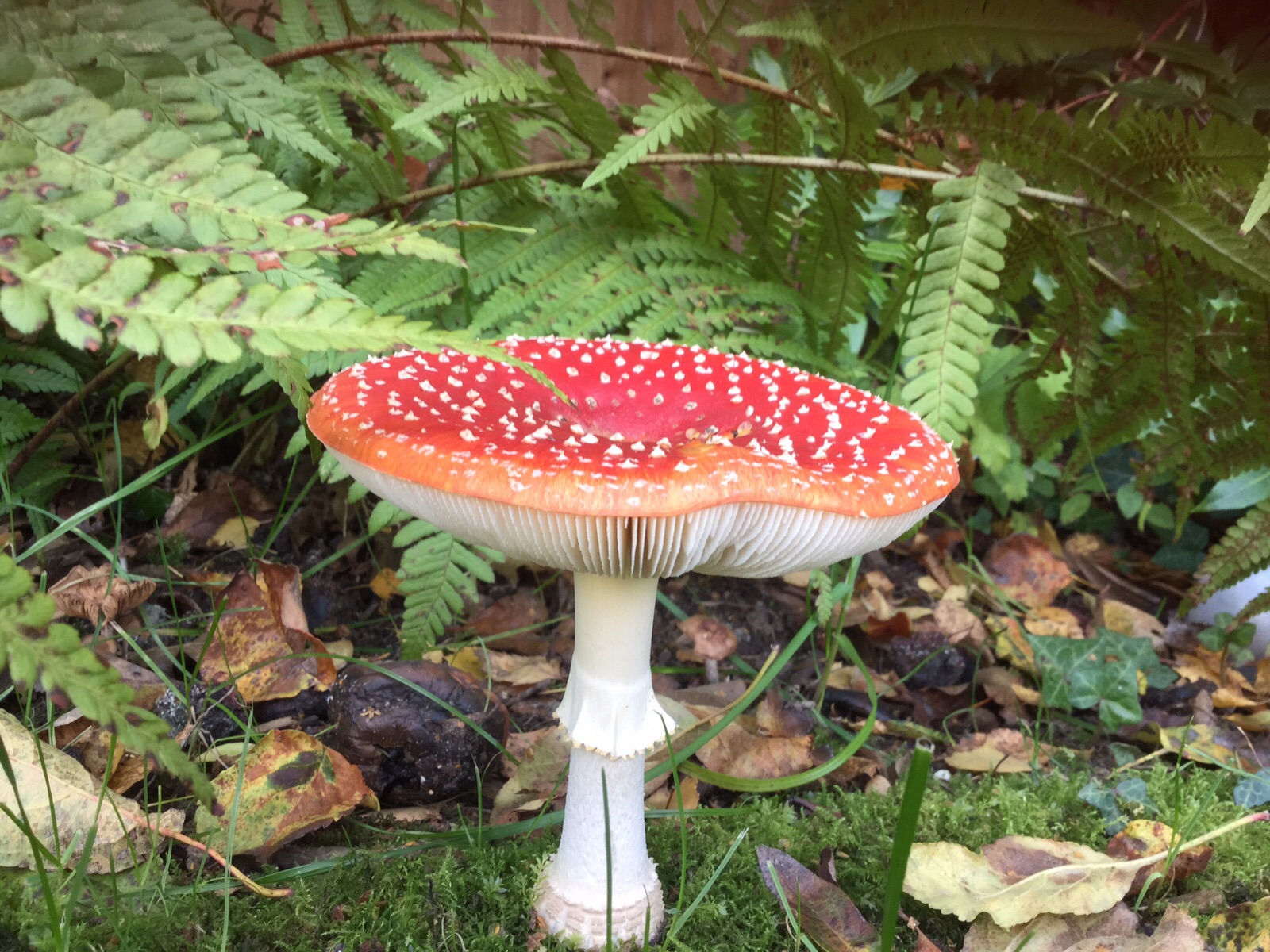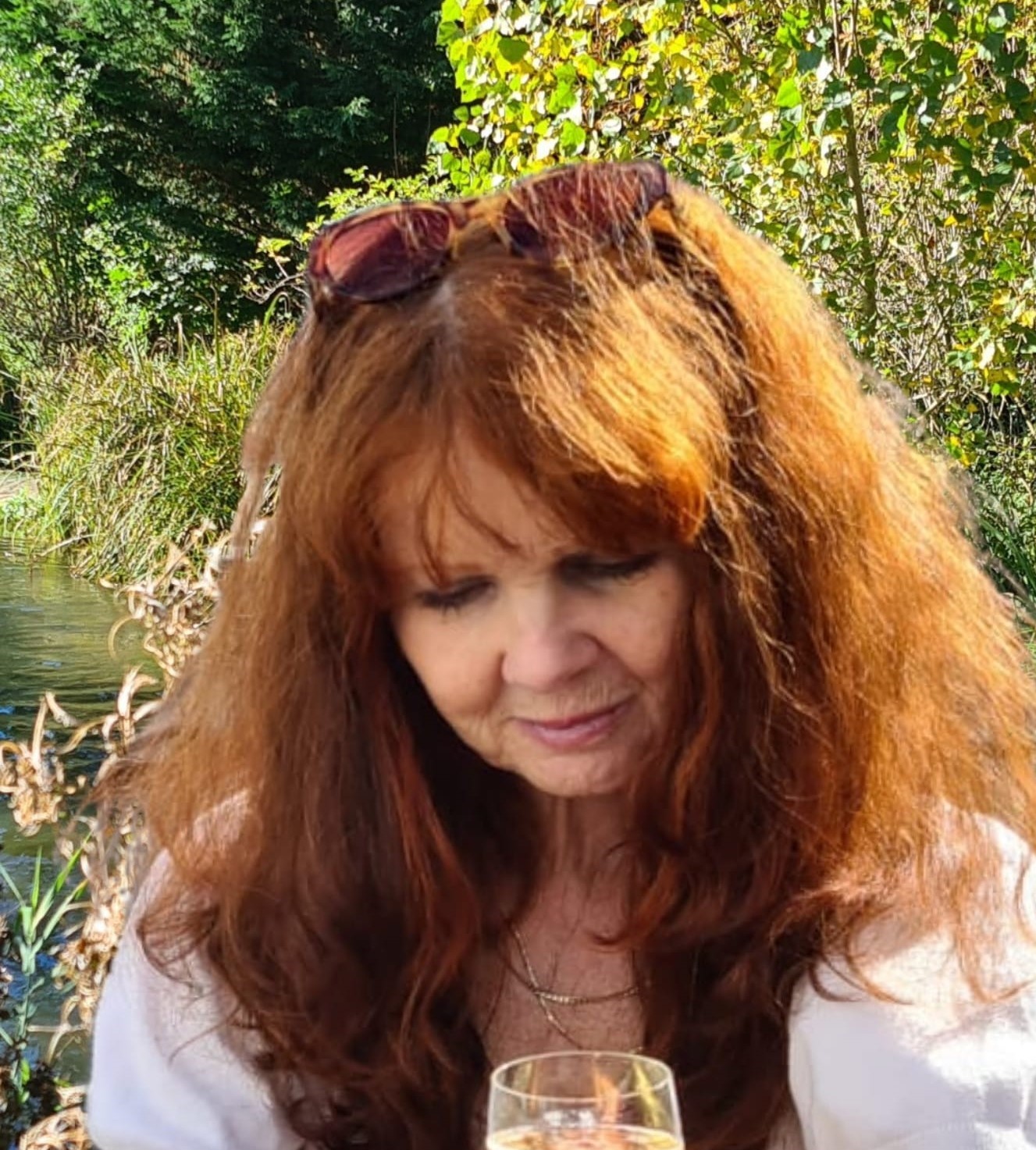It is spring at last and now is the time to begin thinking about planning your garden. I am the first to admit that I am not the best gardener, especially with arthritis thrown into the mix. The spirit is willing, but the flesh is a bit weak. My mother was a gardener and my grandfather a professional gardener, so some skills rubbed off and I have always been interested in wildflower and tree identification. However, for the past few years, we have been lucky enough to have beautiful gardens ready filled many types if plants. We have not admittedly had to do much in the way of planting as we have several flowers beds and a good variety of herbs, flowers, shrubs, trees, a bird bath, and a few bird boxes.
Even if you are not a gardener or have much of a garden, there are many things we can do to make even a small contribution for preserving wildlife. For the past couple of decades, wildlife conservationists have increasingly been encouraging people to make gardens more friendly to wildlife. Recent years has seen the British bumble bee in danger and other bees and species such as birds, animals, and flowers. In fact, it is now quite fashionable to have at least a small part of the garden sectioned off as wild meadow, as totally immaculate paved gardens are environmentally unfriendly.
The Meadow
Choose a piece of the garden lawn area that can be left undisturbed, and let it grow wild. Plant it with wildflowers seeds (a good cheap way to plant without much effort) or you can buy plants from supermarkets, garden centres or online. You can lay turf that is already seeded with wildflowers. Plant a variety of colours in your garden, do not be tempted to colour coordinate if you want to attract the right kind of insects. Your lack of fashion colour-coordinated flower beds is helpful to wildlife and that in itself is a fashion.
Your meadow should be planted for spring (March to May) or summer (May until August). Wildlife such as field mice, small animals, and insects can make their homes in safety. You can place several stepping-stones or narrow paths in the meadow area if it is big and you want to check its progress. If you need to trim your meadow at the end of flowering be careful and do not use a strimmer. Wildlife such as birds, toads, frogs, newts, and insects, are the garden’s friends. They will help to keep the garden healthy, naturally.
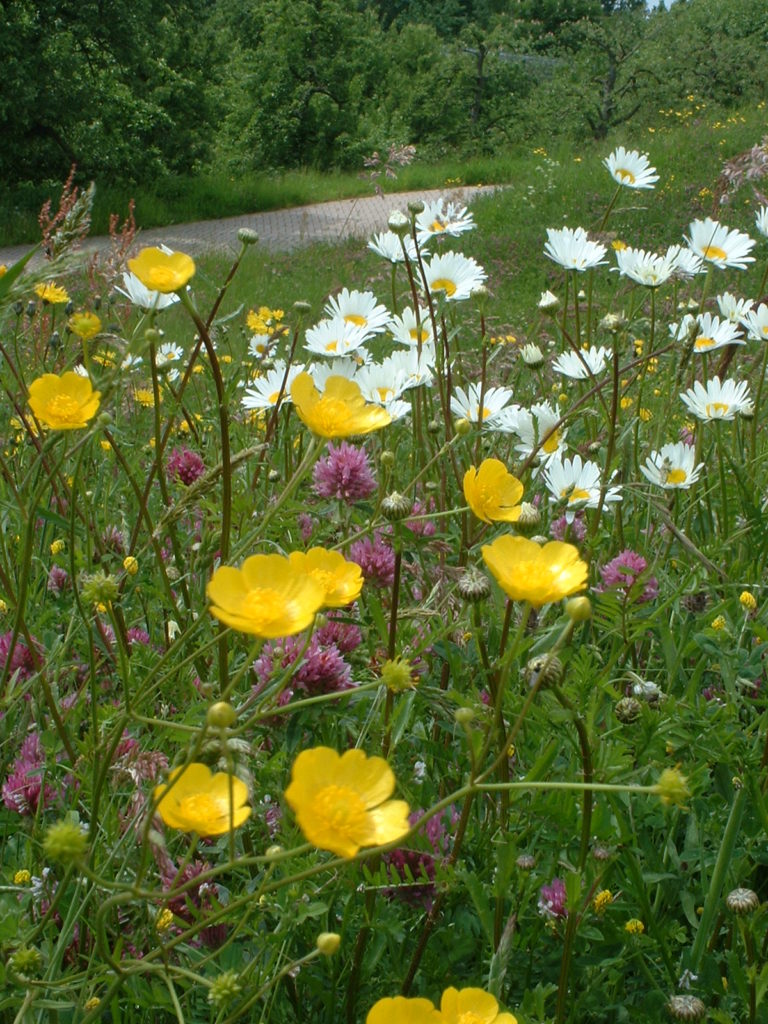
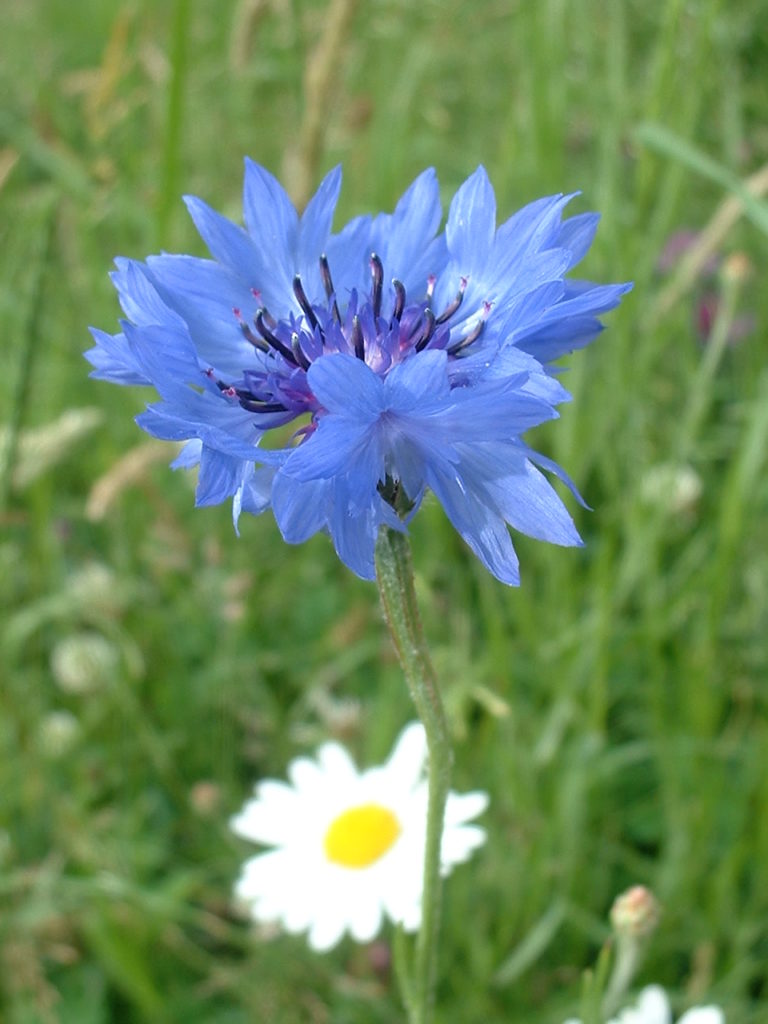
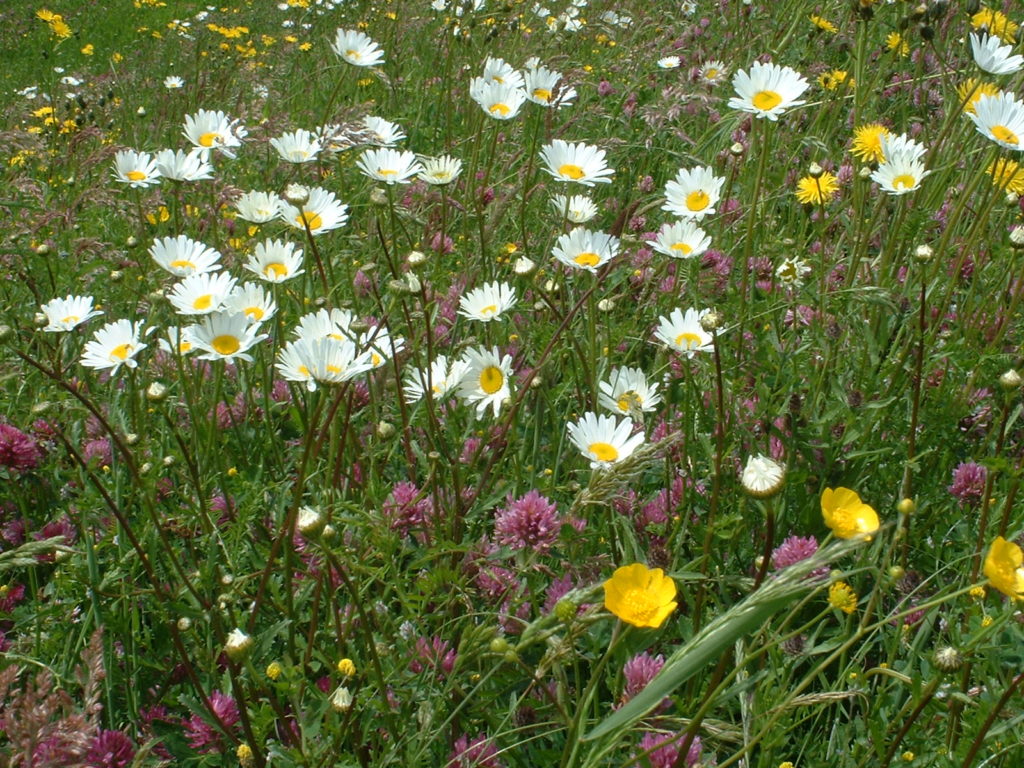
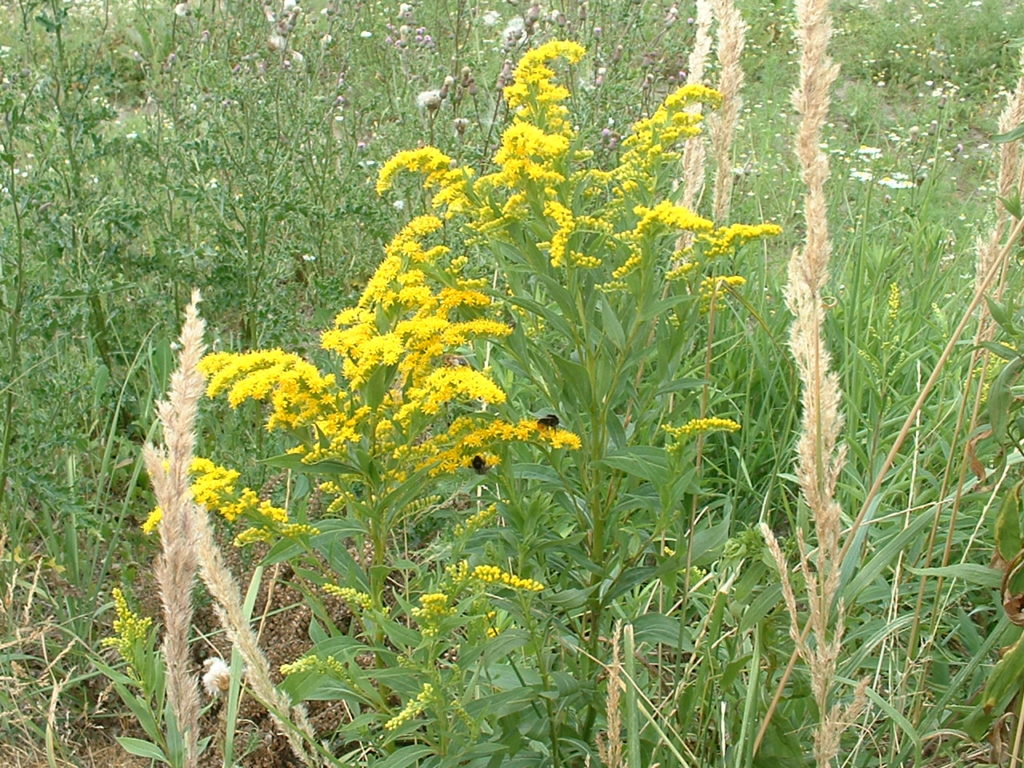
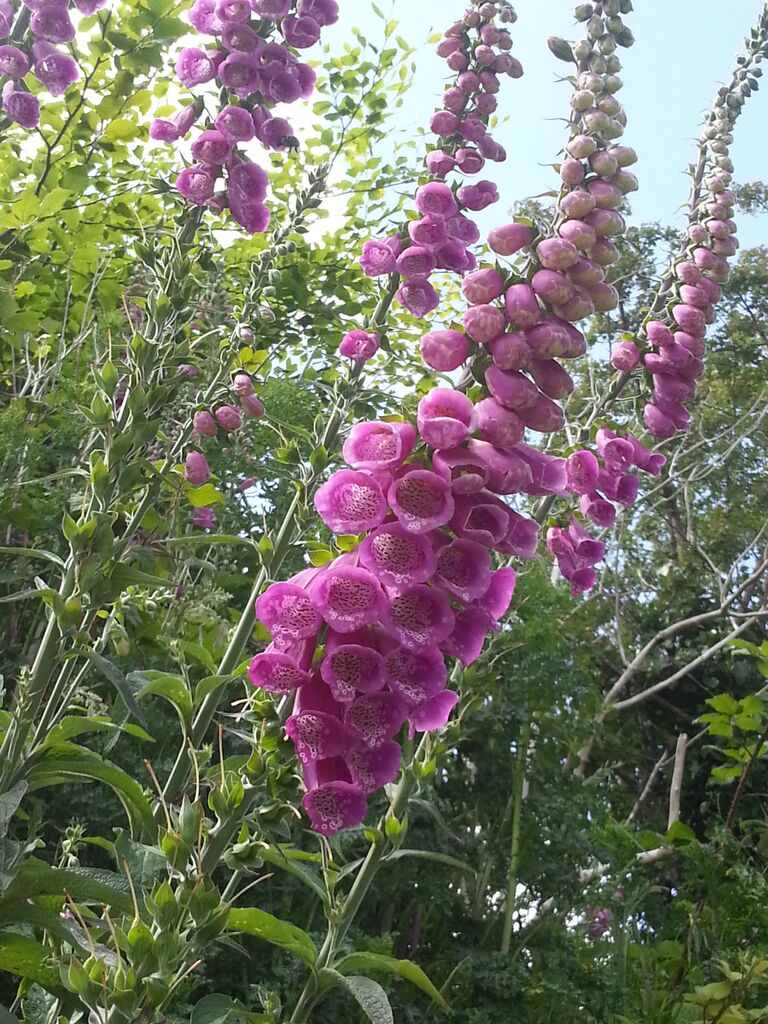
Other Ideas for Wildlife
You can plant bushes, hedges, and trees around the perimeter of your garden but include some evergreen and berry-bearing ones, such as Cotoneaster and Holly (for the winter). Do not clean the debris from beneath them as these can be a haven for small animals and the decaying foliage adds essential nutrients to the soil. Flowers that have gone to seed provide food for birds, so do not be tempted to tidy them away too soon.
If you have a modern garden with shingle, you can brighten it up by adding wood piles for insects (leave to rot), and rockeries or a heap of stones, for small animals.
Buy bird and bat boxes, but do not put them too near your house. An old, upturned dustbin lid makes a great bird bath. We have had swarms of bees, nest in our bird boxes. We usually leave them and only once had to ask a beekeeper to move a large hive from our apple tree as our very small grandchildren were running around and camping out beneath it and the bees did not like too much disturbance. Usually if the bees have nested early, by June they have already mostly gone and only a few remain.
Slugs
Do not use pesticides or slug pellets as these can seriously harm wildlife. Slug pellets kill hedgehogs, and it is hedgehogs that eat the slugs. Pesticides can seep into the soil and cause untold damage and a chain reaction of danger to various species.
Our Friends the Animals
Be careful when feeding hedgehogs. If someone suggests to you to feed them bread and milk, as in the old days (of ignorance), then this is wrong advice. If you think they require extra food, then leave out a dish of meat cat or dog food. If you find a sick hedgehog, take it your local wildlife charity or phone a vet.
Foxes and badgers also eat cat and dog food. Be careful when disposing of glass and cans (remove the lids before disposal) in your dustbin, as this can cause injury to foxes, hedgehogs, and even cats, who may be foraging for scraps.
Compost Heap
If you collect old leaves in piles, leave them for a bit and then burn them, you will probably burn a host of small animals as well. Make a compost heap instead. You can buy a compost bin, or you can make one. Build up a frame of wood about one square metre, with a removable front. Put course material such as straw or twigs in the bottom. Layer your garden waste, such as lawn clipping and veggie peelings, with soil or manure and put an old carpet on the top to heat it up. After about three months, turn the compost over to add air, and leave for another three months. It will be a warm haven for hedgehogs and other wildlife too.
Wildlife Pond
Although it may look very attractive and may be relaxing to you, the new style water feature is not conducive to wildlife. But there is no reason why you cannot have a wildlife pond in addition. This is not a goldfish pond, that would also be in addition, but a pond to encourage and protect disappearing wildlife. Your wildlife pond in fact should be fish free. You will not have to worry over much about algae, as goldfish ponds also have their fair share owing to things such as sludge, other pond life, and plants.
To make a wildlife pond you need an area that has a mixture of sunlight and shade. Close to the natural shade of trees and shrubs is ideal, but watch trees are not too close because of autumn leaves and avoid Sycamore trees. The mixture of sun and shade will help excessive build-up of algae. Lay out the shape of your pond with garden hose and be sure your pond is a decent size for maximum benefit. When you dig your pond try to ensure that it is at least 75cm deep in one place to prevent all through freezing in the winter and ensure the pond has gently sloping sides to enable small animals to climb out if necessary. After digging the pond, pick out any sharp stones, line it with a felt liner first, then cover it with a thin layer of sand before putting in your thick rubber liner. Overlap the liner by about 30cm, and do not trim it until after the water has been added. To protect your liner further, add another layer of felt, and a thin covering of sub-soil which will provide somewhere for plants to grow too. Weigh down the edges of the liner before filling with water. Adding rain from your rain barrel to the water will help it establish quicker.
You should let your pond settle for a few days. Try to leave a meadow area close to you pond for wildlife cover and dragonfly larvae and build a rockery with places for wildlife to live. Add a couple of water snails and some pond grasses and plants. Remove any choking blanket weed as it gathers and be careful to buy blanket-weed free plants.
Plant your pond with Water Milfoil, Yellow Waterlily, Water Forget-me-not, Water Speedwell, Yellow Iris, Water Plantain, Ragged Robin, Meadow Sweet, Flowering Rush, and Lesser Reedmace.
Be patient, the wildlife will arrive. Frogs arrive in the spring and believe me can make a bit of a racket! Do not worry too much about the amount of frog spawn as you will not get too overloaded with the eventual frogs. The summer will bring dragonflies, mayflies, and damselflies.
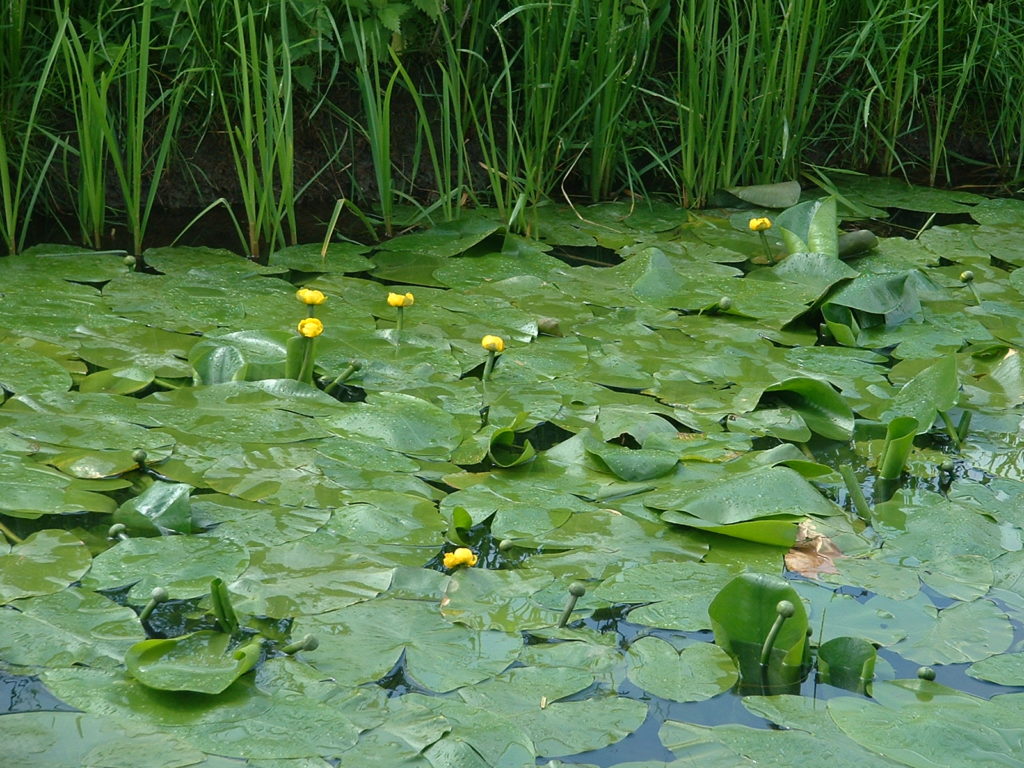
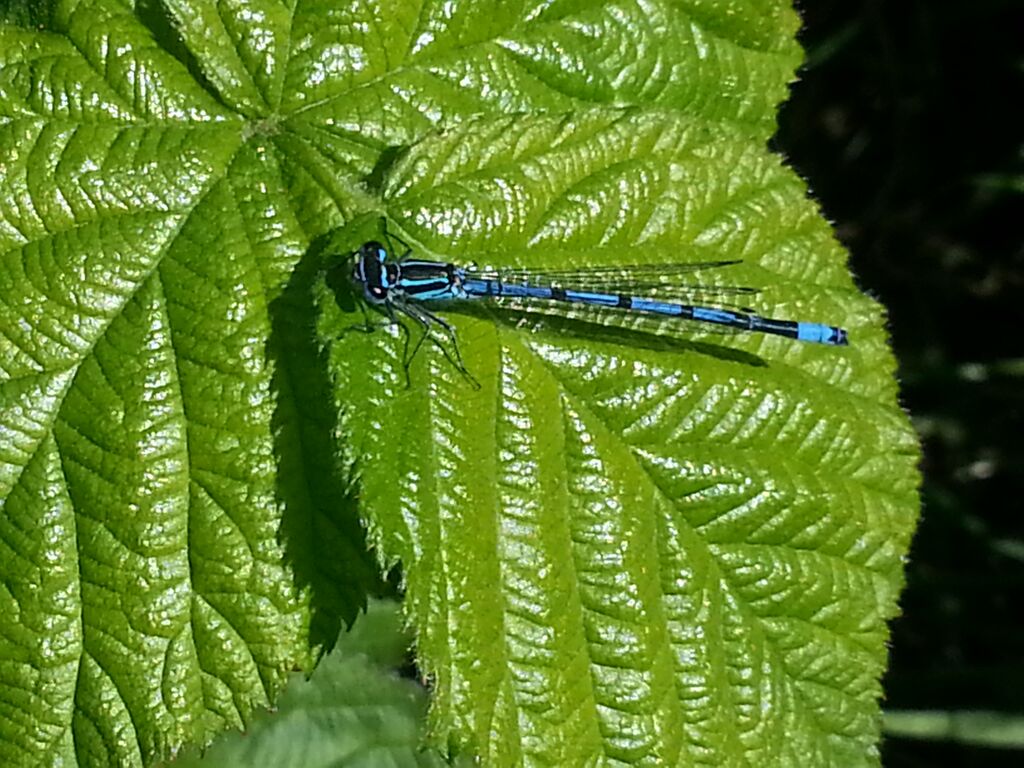
Plants for Wildlife
There are so many plants to choose from and below is just an example with many flowers overlapping and suiting butterflies, moths, bees, and birds (eating and nesting).
Caterpillar
Aubrietia, Bird’s Foot Trefoil, Bramble, Buddleia, Burdock, Candytuft, Charlock, Clover, Common Grasses, Common Thistle, Cuckoo flower, Gorse, Hebe, Honesty, Hop, Lavender, Marjoram, Nasturtium, Purple Loosestrife, Red Valerian, Scabious, Sedum, Stinging Nettle, Thyme
Butterfly and Moth Attracting Flowers
We have found that Buddleia is the best for attracting butterflies and moths. All good gardens should have one. Red Admirals also feed on rotting plums. Other plants that are a good choice are African Marigold, Ageratum, Aubrietia, Aster, Bird’s foot Trefoil, Bramble, Buddleia, Buckthorn, Candy tuft, Chrysanthemum, Common thistle, Cornflower, Dahlia, Dandelion, Dianthus, Forget-me-nots, French Marigold, Garlic Mustard, Globe Thistle, Hebe, Heliotrope, Hemp, Agrimony, Holly, Honesty, Honeysuckle, Hyssop, Ivy, Lavender, Lobelia, Marjoram, Marigold, Michaelmas Daisy, Mignonette, Nasturtium, Nettle, Phlox, Polyanthus, Primrose, Privet, Purple Loosestrife, Ragged Robin, Red Valerian, Scabious, Sedum, Sweet William, Thyme, Violets, Wallflowers, Yellow Alyssum.
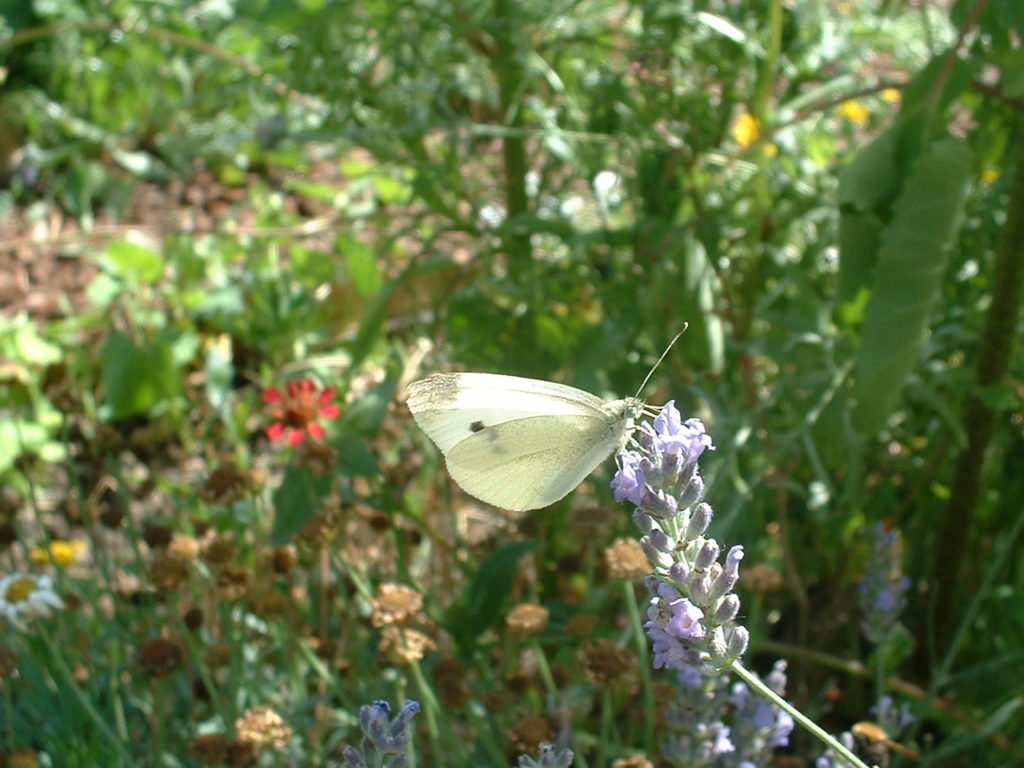
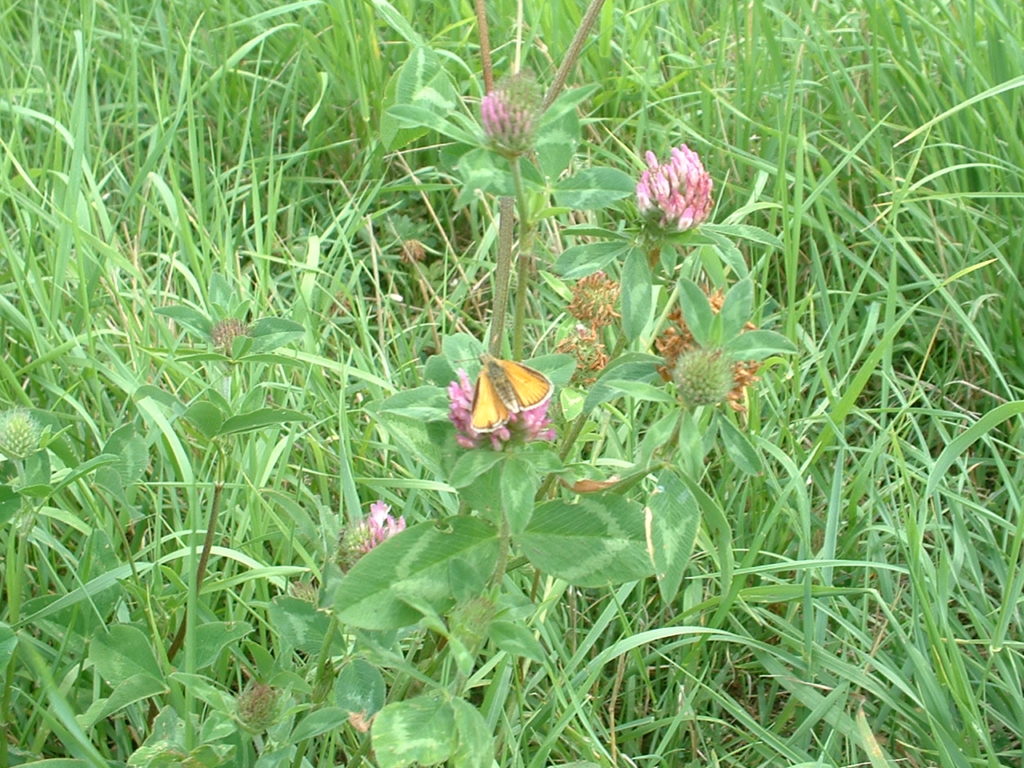
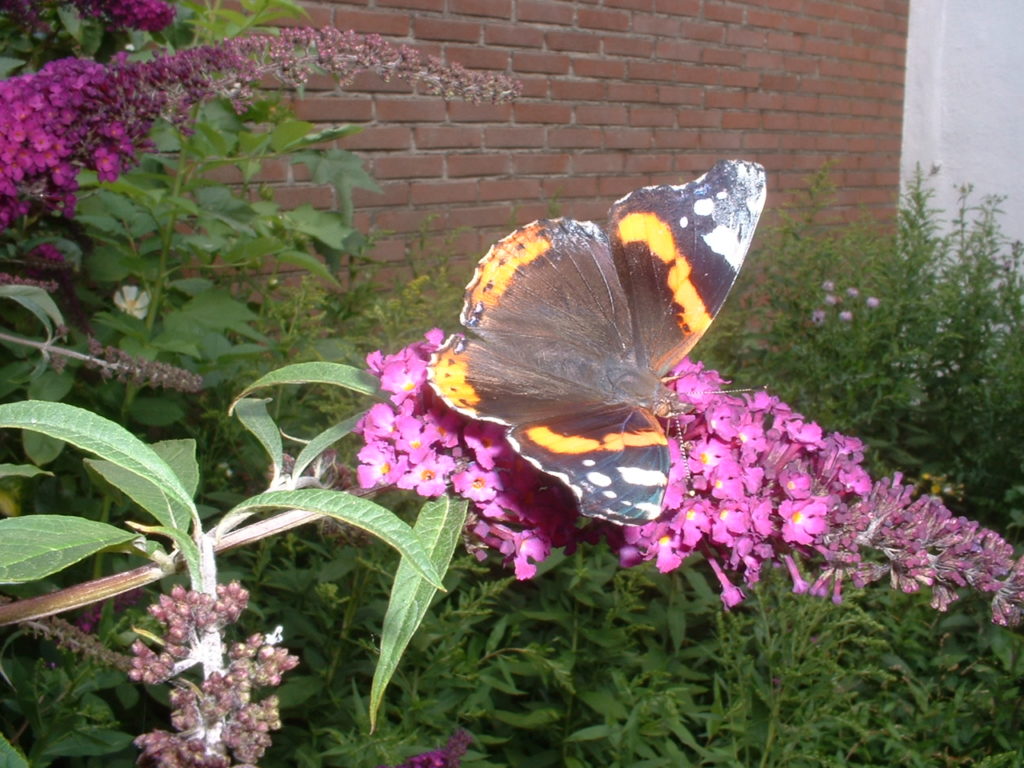
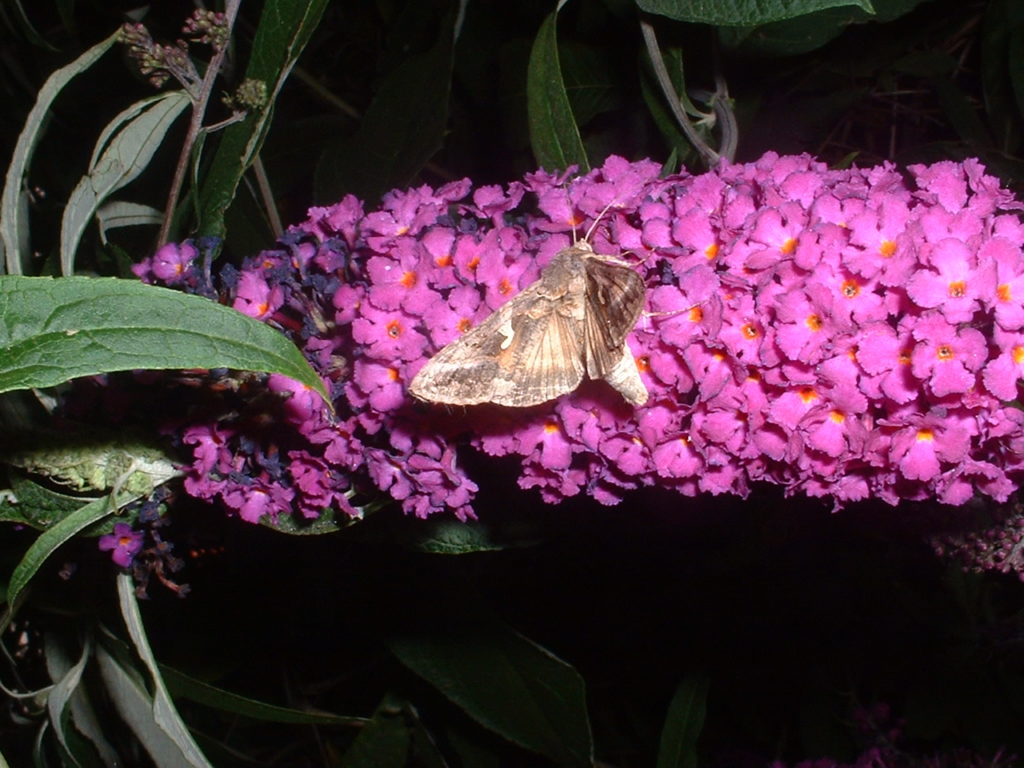
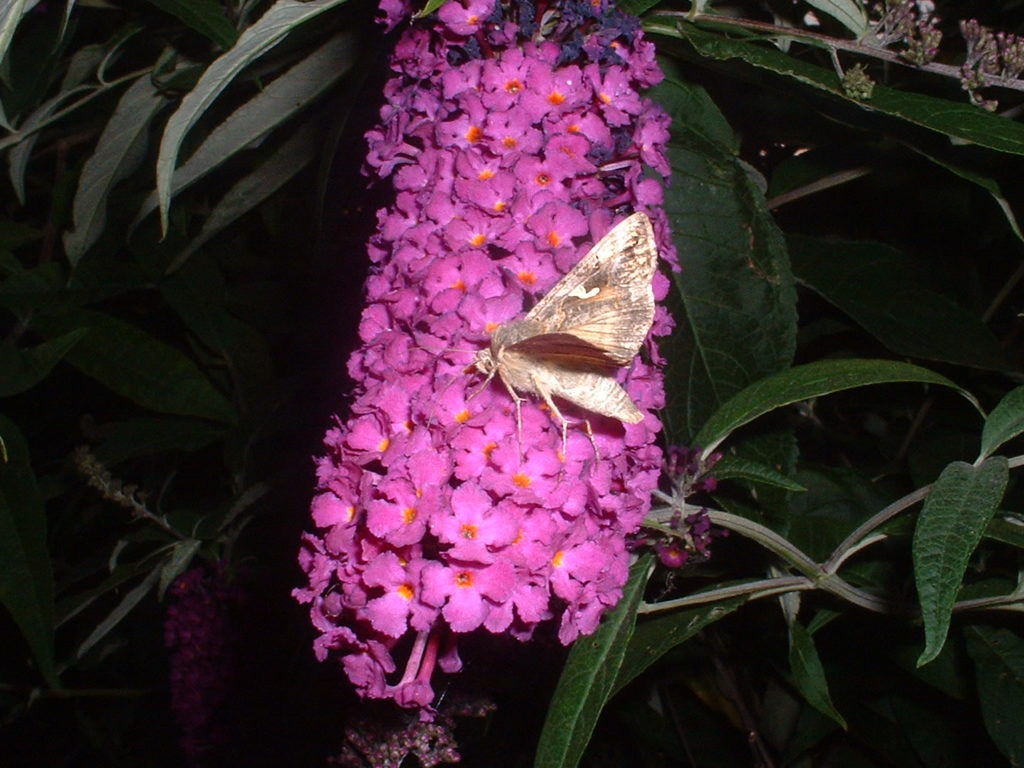
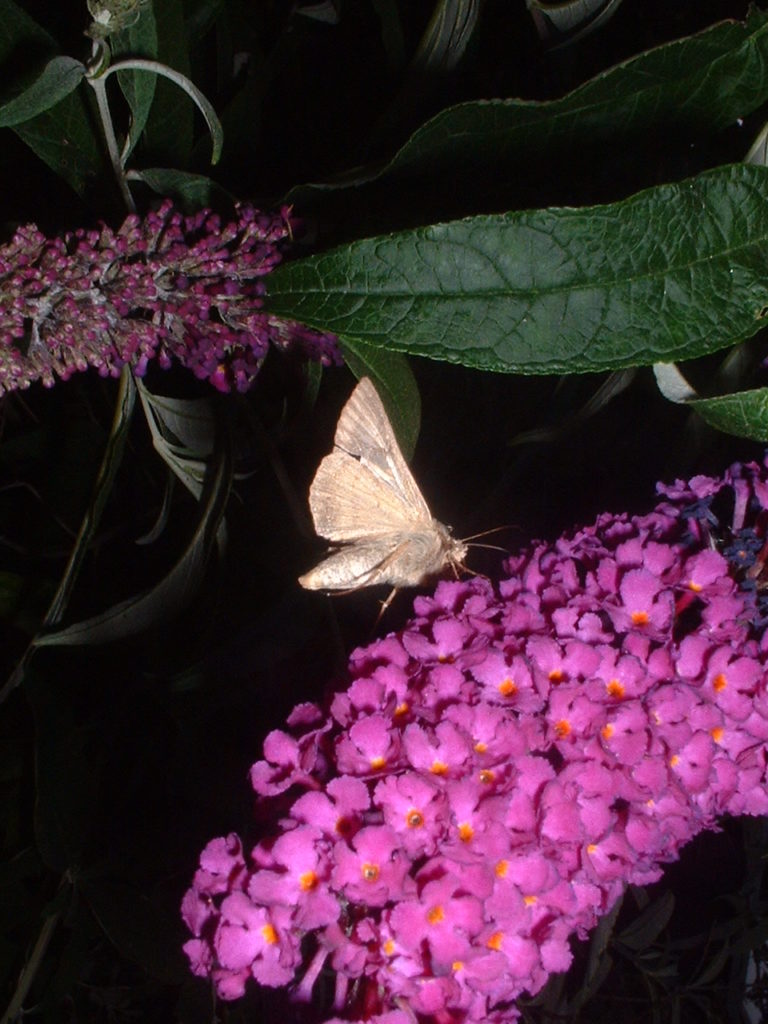
Flowers for Bees
Many of the above and you can find more online. Also, Borage, Broom, Buttercup, Catmint, Common Toadflax, Crane’s bill, Dandelions, Eyebright, Foxglove, Globe Thistle, Gorse, Greater Knapweed, Ground Ivy, Honesty, Lavender (bees love it and it is an excellent witch herb), Lilac, Marjoram, Poppy, Ragged Robin, Red and white Dead Nettle, Red Campion, Red and white Clover, Rose Bay willow Herb, Self-Heal, Thyme, Wild Pansy. You can buy mixed flower seed packs as I did in the pink flower photo below and sprinkle liberally in a flower bed for a bright and colourful display that bees love.
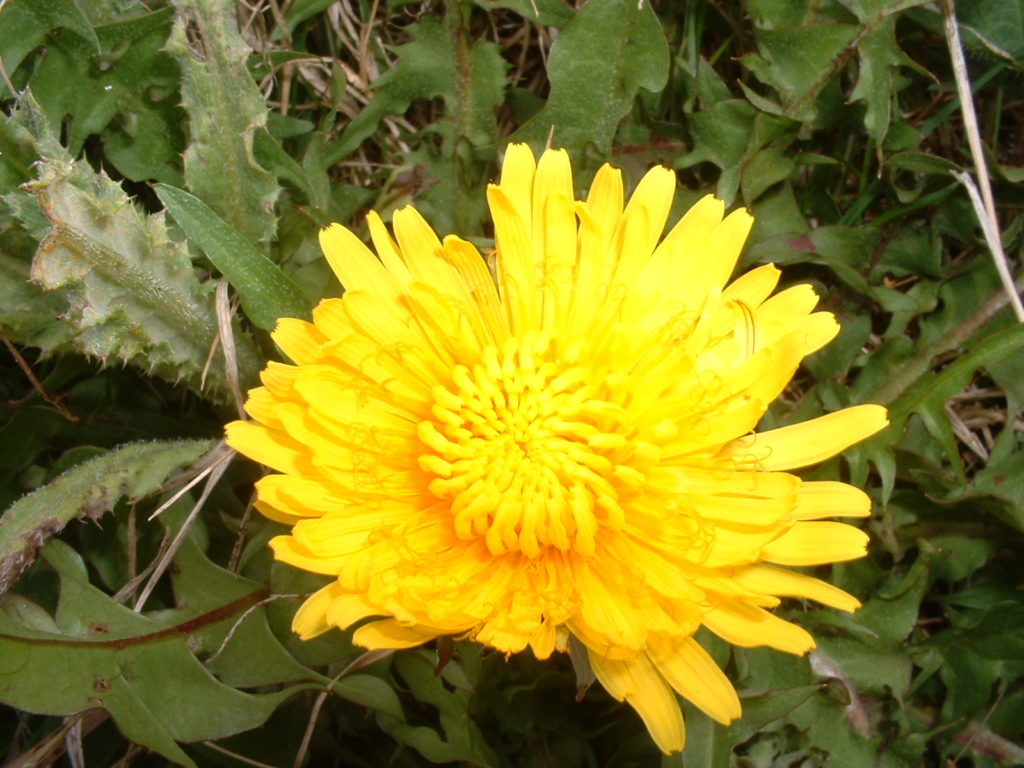
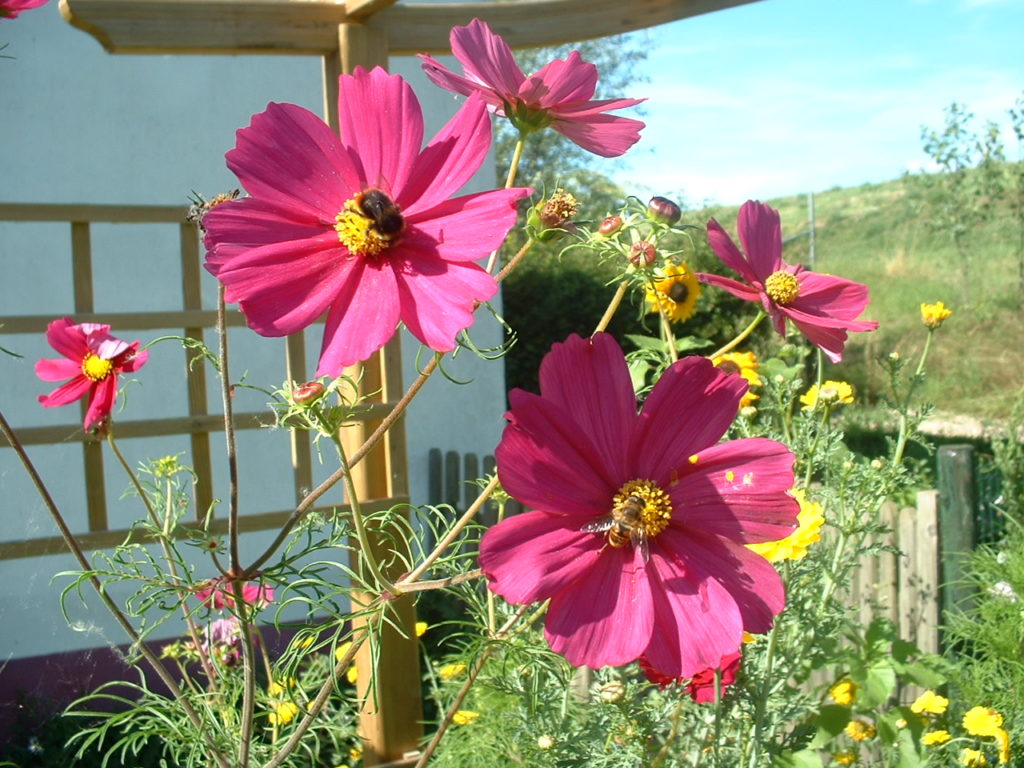
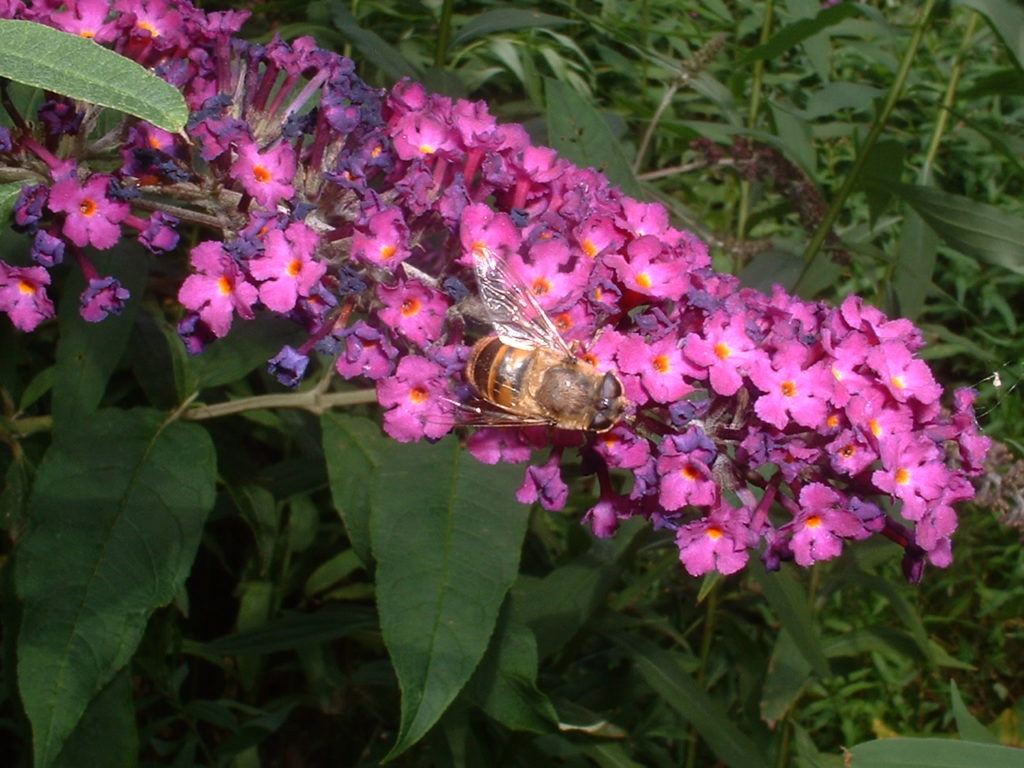
Bird Life
Leave out bird food bought from a reliable source. You can buy a good selection of bird feed and feeders and your local garden centre and pet store. Do not try to stop the squirrels from eating the bird food as you will be fighting a losing battle. It could also be that you want to feed the squirrels anyway, so just leave out plenty of food to go around.
Flowers for Birds
Berberis, Blackthorn, Bramble, Cotoneaster, Crabapple, Guelder Rose, Hawthorn, Hazel, Holly, Honeysuckle, Ivy, Rowan, Spindle, Sunflower, Teasel, Wild Cherry.
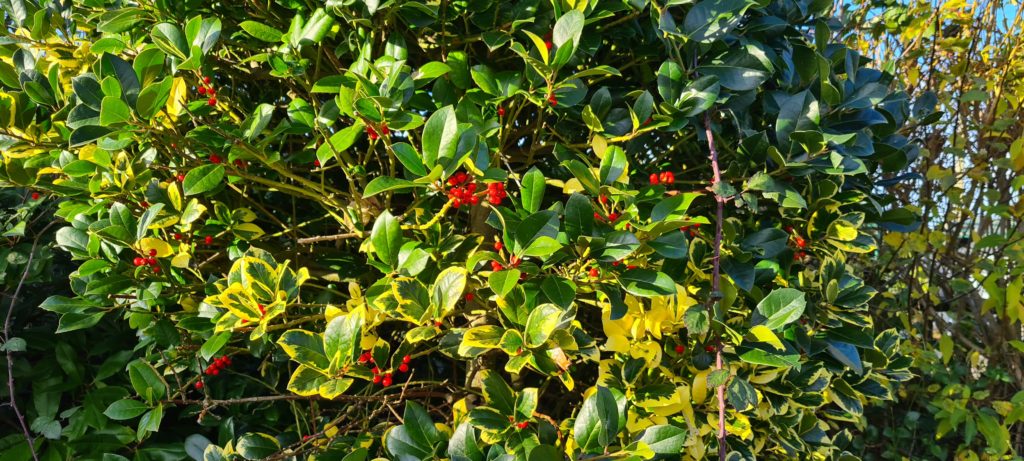
Even if you only plant up small areas or have window boxes or flower tubs, it all helps our wildlife. Think about doing a little something this year in your garden space. You can also double up by adding those flowers that are good for wildlife and are also useful for spell craft. Plant plenty so there are enough to go around. Take a few and dry them for your magical use and leave the rest for the wildlife.
All photos © Harmonia Saille 2022


